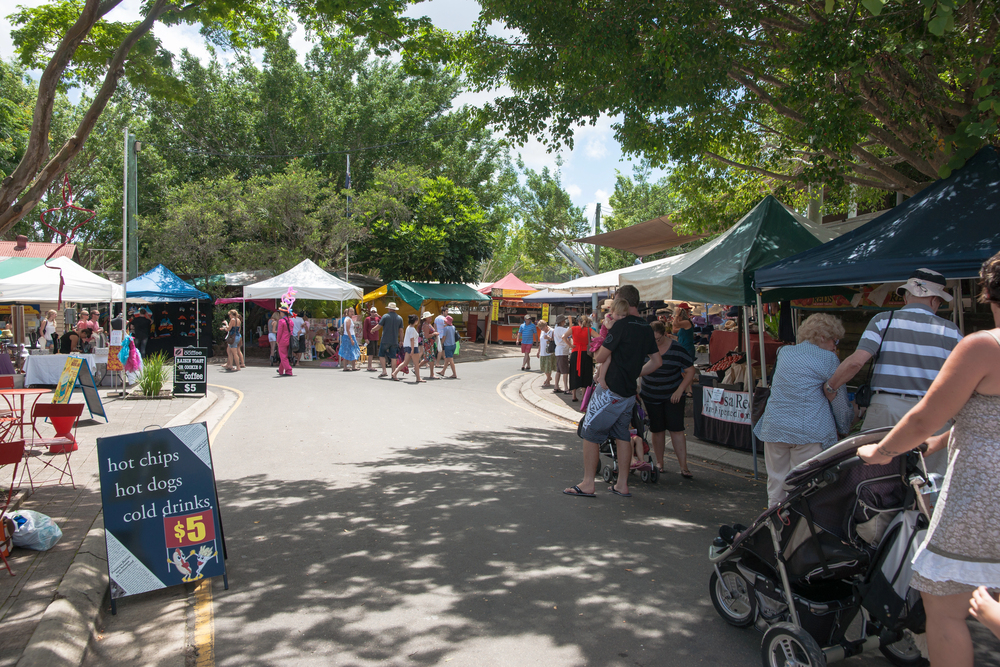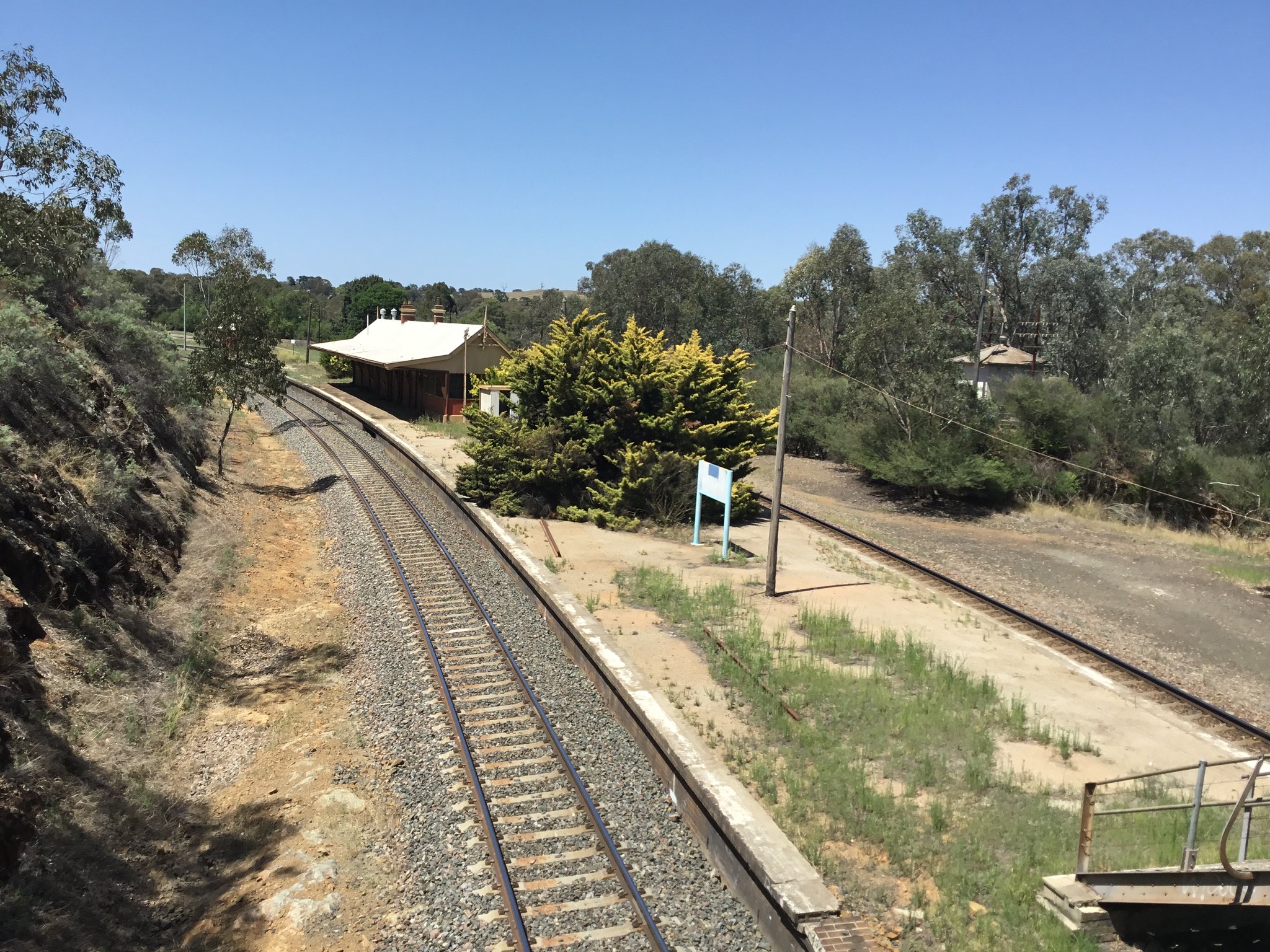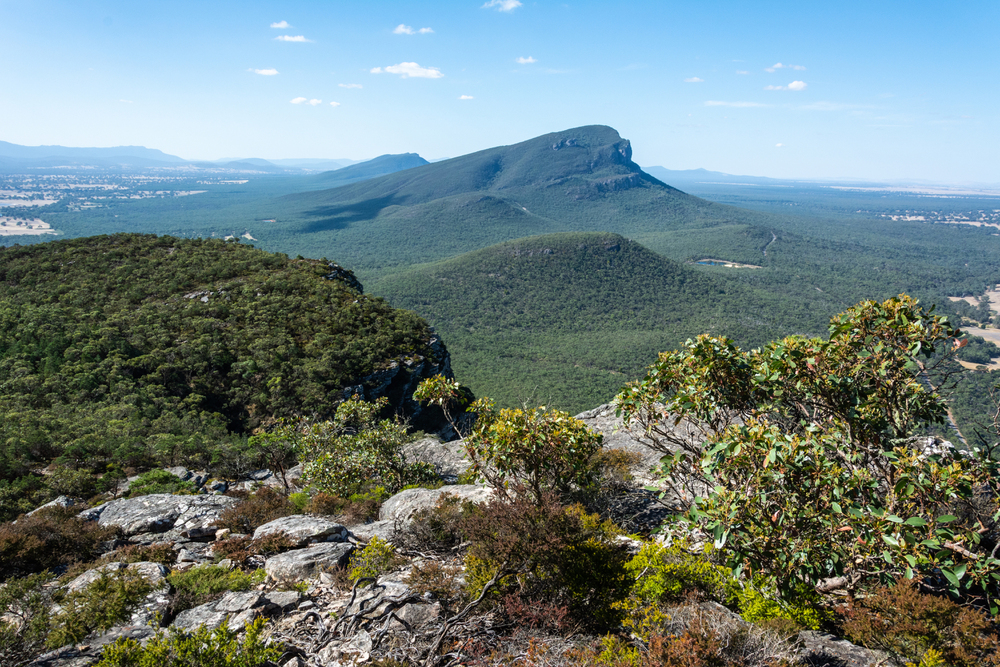Australia’s vast landscape stretches far beyond iconic landmarks, harboring charming small towns that rarely make international travel itineraries. These hidden gems offer authentic experiences that capture Australia’s diverse character—from historic gold rush settlements to coastal fishing villages and outback communities where local culture thrives away from urban crowds.
Here is a list of 20 small Australian towns that deserve a spot on your travel itinerary. Each offers unique attractions and authentic charm that rivals its more famous counterparts.
Beechworth, Victoria

This immaculately preserved gold rush town combines historical significance with contemporary food and wine culture. The 19th-century streetscape features honey-colored granite buildings housing artisanal bakeries and acclaimed restaurants.
The town’s connection to bushranger Ned Kelly provides historical intrigue through the courthouse where his committal hearing was held. Nearby, the Murray to Mountains Rail Trail connects visitors to boutique wineries specializing in cool-climate varieties.
Birdsville, Queensland

Located on the edge of the Simpson Desert, this iconic outback town with fewer than 115 residents transforms during the famous Birdsville Races when thousands descend for Australia’s most remote horse racing event. The legendary Birdsville Hotel provides a quintessential Australian pub experience after days of exploring massive red dunes.
The annual Big Red Bash creates the world’s most remote music festival against a backdrop of stunning desert landscapes.
Like Travel Pug’s content? Follow us on MSN.
Tilba Tilba, New South Wales

This tiny heritage village preserves its 19th-century character through strict building controls protecting its wooden weatherboard architecture. Working artisan shops house cheesemakers, leatherworkers, and wood crafters practicing traditional skills.
The nearby mystery of Central Tilba—its larger twin village just minutes away—creates a unique two-for-one experience offering insight into Australian rural life as it existed a century ago.
Strahan, Tasmania

This remote harbor village serves as a gateway to the UNESCO-listed Franklin-Gordon Wild Rivers National Park. River cruises through ancient temperate rainforest reveal pristine wilderness landscapes, while the town maintains historic buildings and housing theaters that perform Australia’s longest-running play about the area’s convict history.
Local restaurants specialize in fresh-caught seafood from the immaculate waters of Macquarie Harbour.
Silverton, New South Wales

Just 16 miles from Broken Hill, this near-ghost town offers an atmospheric outback experience where several iconic Australian films, including Mad Max 2, were shot. The famous Silverton Hotel appears in countless commercials, while abandoned historic buildings create perfect photography opportunities against stunning desert landscapes.
Galleries feature outback artists capturing the region’s distinctive light, creating a surprising art destination where kangaroos casually hop down the wide, dusty main street.
Like Travel Pug’s content? Follow us on MSN.
Yungaburra, Queensland

This charming village in the Atherton Tablelands provides access to northern Queensland’s remarkable highland landscapes while maintaining historic timber architecture. Volcanic crater lakes, waterfalls, and platypus-inhabited streams create diverse natural attractions within minutes of the village.
The unexpected culinary scene showcases exotic local ingredients like Davidson plum and lemon aspen. Nearby curtain fig trees create eerily beautiful natural formations.
Stanley, Tasmania

Dominated by an ancient volcanic plug called The Nut, this historic fishing village preserves Georgian and Victorian architecture within a stunningly beautiful natural harbor. Restored cottages serve as guesthouses and restaurants specializing in southern rock lobster.
The town’s compact size allows visitors to walk everywhere, from the working fishing port to historic buildings. Cable cars transport visitors to The Nut’s summit for panoramic views across the Bass Strait.
Blinman, South Australia

South Australia’s highest town sits amid the ancient landscapes of the Flinders Ranges, where copper mining history and Aboriginal heritage create a distinctive outback community. Despite rarely exceeding 30 residents, it supports a historic pub, modern café, and mine tours descending into tunnels where miners once worked by candlelight.
The night skies offer extraordinary stargazing opportunities where the Milky Way appears so bright it casts shadows on clear nights.
Like Travel Pug’s content? Follow us on MSN.
Maldon, Victoria

Declared Australia’s first Notable Town by the National Trust, this perfectly preserved gold mining settlement maintains its 1850s streetscape through careful heritage protections. The town combines historical authenticity with contemporary amenities, from steam railway experiences to sophisticated dining.
The surrounding box-ironbark forests provide excellent bushwalking with abundant wildlife and spring wildflower displays.
Eumundi, Queensland

This hinterland town transformed from a quiet farming community into a creative hub centered around Australia’s largest arts and crafts market. The twice-weekly Eumundi Markets attract visitors from across the country to experience handmade products reflecting the region’s bohemian character.
Historic pubs, microbreweries, and art galleries maintain a creative atmosphere throughout the week.
Nannup, Western Australia

Surrounded by ancient karri and jarrah forests, this timber town transformed from a logging center to an eclectic community focused on crafts, music, and garden culture. The annual Nannup Music Festival brings performers to intimate venues throughout the town.
The nearby Blackwood River provides opportunities for canoeing in crystal-clear water, while historic timber buildings house galleries where craftspeople create fine wooden furniture from sustainably harvested local timber.
Like Travel Pug’s content? Follow us on MSN.
Binalong, New South Wales

This tiny settlement played significant roles in Australian pastoral history and literary tradition as both a bushranging center and the hometown of renowned poet Banjo Paterson. The village preserves historic buildings, including the Binalong Hotel, where bushranger Flash Jack Gardiner was famously captured.
The surrounding landscape of rolling hills and horse paddocks continues to inspire poetry and art, much as it did when Paterson lived here as a boy.
Orford, Tasmania

This seaside village offers access to Maria Island National Park—a wildlife sanctuary accessible only by ferry—while maintaining a relaxed coastal atmosphere. Pristine beaches feature remarkably white sand composed of pure silica, creating striking color contrasts with turquoise waters and pink granite formations.
The absence of commercial development preserves the town’s authentic character as a place where Tasmanians themselves vacation.
Lightning Ridge, New South Wales

Australia’s black opal capital creates one of the country’s most eccentric communities, where underground homes called ‘dugouts’ provide escape from the harsh outback heat. Unique attractions include the Bottle House Museum and Amigo’s Castle—an Italian-style castle built entirely by hand by a local miner.
Self-guided car door tours (following routes marked by differently colored car doors) lead visitors to mining claims across the distinctive landscape.
Like Travel Pug’s content? Follow us on MSN.
Cooktown, Queensland

This frontier town, where Captain James Cook repaired his damaged ship in 1770, provides access to some of Australia’s most significant Indigenous and colonial history. The town’s isolation preserved its historic architecture and cultural significance as a place where documented reconciliation efforts between Europeans and Aboriginal people first occurred.
The annual Discovery Festival commemorates the historic meeting between the Guugu Yimithirr people and Cook’s expedition.
White Cliffs, New South Wales

This opal mining community, where most residents live underground, offers one of Australia’s most unusual accommodation experiences in the Underground Motel excavated from solid rock. The lunar-like landscape creates otherworldly scenery dotted with mullock heaps and abandoned claims.
Summer temperatures regularly exceeding 104 degrees Fahrenheit explain the subterranean lifestyle, while isolation breeds the distinctive outback characters who call this remote corner home.
Dunkeld, Victoria

Nestled at the southern end of the Grampians mountain range, this small town punches above its weight in culinary excellence through the award-winning Royal Mail Hotel restaurant. The dramatic backdrop of Mount Sturgeon creates spectacular scenery for bushwalking and wildlife viewing, with native wallabies commonly seen throughout the town.
Historic bluestone buildings preserve the 19th-century character while providing an ideal gateway to the Grampians.
Like Travel Pug’s content? Follow us on MSN.
Tingha, New South Wales

Originally established during the tin mining boom of the 1870s, this small New England town preserves a slower pace of life centered around fossicking in nearby creeks. The historic Wing Hing Long Museum explores the region’s significant Chinese heritage, where hundreds of Chinese miners worked claims during the mining heyday.
Nearby rivers remain popular with gem fossickers searching for sapphires, topaz, and quartz crystals.
Menzies, Western Australia

This nearly abandoned gold rush town creates the perfect base for visiting Lake Ballard, where sculptor Antony Gormley installed 51 striking metal figures across a vast salt lake, creating one of the world’s largest outdoor galleries. The town preserves magnificent gold boom architecture while maintaining connections to Western Australia’s prospecting traditions.
The surrounding landscapes offer remarkable opportunities for photographers when the red earth glows against expansive blue skies at sunset.
Walhalla, Victoria

Once home to over 4,000 residents during its gold mining heyday, this meticulously preserved town nestled in a deep mountain valley now houses fewer than 20 permanent residents. Period buildings create one of Australia’s most atmospheric historic settlements, while mine tours descend into the mountain that produced over 55 tons of gold.
The town’s isolation means mobile phone reception remains limited, creating opportunities for genuine digital disconnection while experiencing living history.
Like Travel Pug’s content? Follow us on MSN.
Beyond Postcards and Populations

Australia’s character reveals itself most authentically in these small communities where travelers become temporary locals rather than processed tourists. These twenty towns represent doorways to understanding Australian identity beyond metropolitan centers, where distinctive regional accents, traditional skills, and community connections remain strong.
While major cities dominate visitor itineraries, these smaller settlements often provide the stories travelers retell most often—unexpected conversations with colorful locals, wildlife encounters on empty beaches, or night skies so brilliant they redefine darkness. The Australia that exists between famous landmarks often creates the most lasting impressions, proving that population size rarely correlates with the depth of travel experiences these small towns consistently deliver.
More from Travel Pug

- Cities Growing so Fast You Won’t Recognize Them in 10 Years
- 13 Destinations Where Tourists Regularly Regret Their Trip
- 20 Obscure WWII Sites Even History Buffs Don’t Know About
- 10 Under-the-Radar Mountain Towns That Are Both Affordable and Beautiful
- Remote Villages in Europe Where You Can Live for Free in Exchange for Work
Like Travel Pug’s content? Follow us on MSN.
